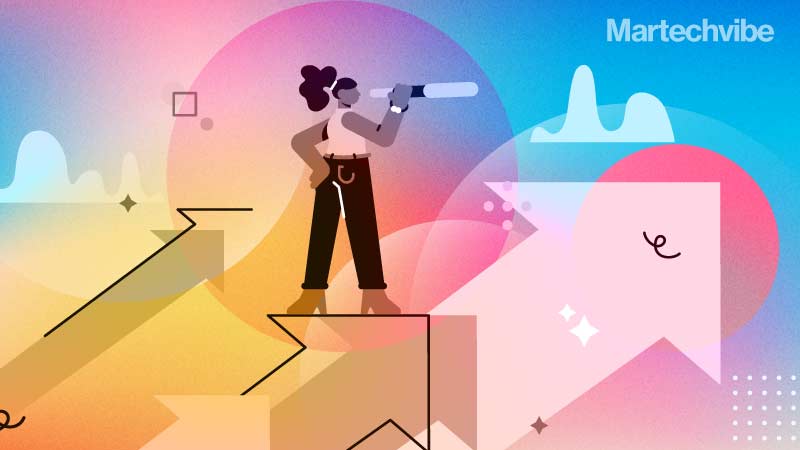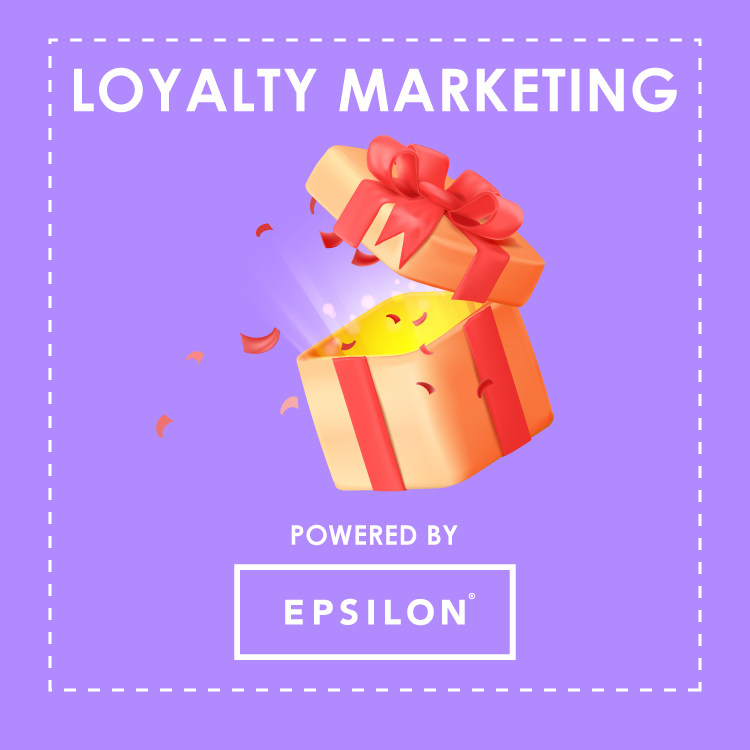Acquisition or Retention – The Great Debate
Retention often relies on far less customer price sensitivity so that the long-term costs are recouped through sales. But is your retention strategy hitting the right note? Majid Al Futtaim’s loyal customers download the SHARE app and earn cashback in points for shopping, dining and entertainment. After collecting adequate points, they redeem them towards future […]
Topics

Retention often relies on far less customer price sensitivity so that the long-term costs are recouped through sales. But is your retention strategy hitting the right note? 
Majid Al Futtaim’s loyal customers download the SHARE app and earn cashback in points for shopping, dining and entertainment. After collecting adequate points, they redeem them towards future purchases.
Customers use this app at VOX Cinemas, buy groceries at Carrefour, shop at Emirates Mall or City Centre, or dine at a restaurant in Kempinski Hotel.
SHARE App was launched in August 2022, following a survey conducted by this retailer where nine out of 10 respondents stated they wanted to become a rewards member. More than 25,000 members joined SHARE just one month after the soft launch in July, and 9,000 transactions took place in the first week.
Retain or Acquire
Not all brands adopt loyalty programmes as the way forward. Several of them are in a fix on whether to invest their time and energy in acquiring new customers or invest more in making their retention strategies sharper. There is no one-size-fits-all answer. For example, manufacturers selling durables will have to focus on acquiring new customers because the same customers will not return to the brand again in the next couple of years. But they must find a way to nurture their relationship with their installed base of customers, so they don’t have to compete to retain them at the time of refresh.
Customer Onboarding
One poor experience is enough to delink customers from the brands; enterprises are working on their onboarding strategies to prevent this.
Speaking about how enterprises can sharpen their customer onboarding strategies to evolve customer experience, Ganga Ganapathi, VP of Marketing at Epsilon said, “Every touchpoint with the customer is your brand speaking to them. Keep that experience in the tone that your brand deserves to be heard. The channel and the message are equally important, keep it personalised, relevant, engaging; track for engagement, and you will never have to worry about an estranged customer.”
Getting the onboarding right will lead to better insights about your customer and enable you to personalise future engagements, of course knowing that this will also have a positive financial impact, Ganga explains. “I like to imagine every brand custodian operating with an ‘owner mindset’. Then the starting point will be a long-term strategy and not vanity metrics. Metrics that align with a growth mindset and not a fear mindset will enable feedback and follow-up that improves the process. Timely responses to customers are a great indicator of the value one places on them. Nothing is worse than waiting or not getting acknowledgements—it’s a big turn-off.”
Similarly, nurturing existing customers by offering them satisfaction in after-sales service ensures repeat purchases and referrals to others. Many enterprises are adopting loyalty management platforms to tackle this retention vs acquisition challenge and strike a balance between the two. Saudi enterprises also comprehend the importance of loyalty in their marketing strategies; brands like Majid Al Futtaim, STC, and Jarir Bookstore in KSA have successfully implemented loyalty programmes with rewards, discounts and other personalised offers.
Loyal Customers Pay More
The contribution of loyal customers in boosting sales is stellar. Research suggests that 61 per cent of loyal customers will go all out to buy from their preferred brand, and 75 per cent of loyal customers will recommend a brand to friends and family.
The study shows that retention increases sales by up to 70 per cent compared to acquiring new customers. A bump in retention by 5 per cent may increase profits between 25 per cent and 90 per cent. Sixty-five per cent of sales in a typical business are from existing customers. Customer acquisition costs seven times more, and the chances of selling to new target customers are 5- 20 per cent.
Considering the statistics mentioned above, it might appear that focusing on existing customers is the best way to sustain the business. But it is not enough for scalable growth; enterprises need to continue acquiring new customers and convert them into loyal customers. Many enterprises are adopting omnichannel loyalty management platforms to achieve both goals.
These platforms can send emails and newsletters and design various marketing strategies from a single unified dashboard. They can help brands track CLV across all data points and generate reports after observing and analysing them. Such report findings are then used to shape future customer experience strategies.
While designing CX strategies, enterprises need mechanisms to evolve CX strategies by leveraging customer feedback continually. Paul Wallis, Director of Growth at Epsilon said, “Marketing tech platforms are today driven to help decision-making be data-driven and intuitive. Listen to what the engagement data says, know that even a no response is actually a very important response, and work with your platform capabilities to engage all segments in ways that are personalised, relevant, and timely”
Loyalty management platforms create successful customer engagements in many interesting ways. Surveys, quizzes and contests offer rewards to customers for their creative engagement and direct interaction with existing and potential customers on social media through personalised conversations. Brands should not ignore the power of the right platform to create, recognise and retain brand advocates.
That’s why enterprises are on their toes while engaging with customers.
According to PwC’s Future of CX report, 32 per cent of customers will leave a brand after only one lousy experience. That’s precisely why investing in well-thought-out customer loyalty programmes, and retention strategies become critical for a business’s survival, growth and success.
Conclusion:
Customer retention vs acquisition is a never-ending debate. Customer acquisition is the main driver of feeding the pipeline and ensuring the generation of healthy new demand. And a thriving business ensures that there isn’t a leaky bucket causing the hard-won acquisition customers to drop off. Loyalty programmes serve as prominent pieces of the customer retention puzzle, and offering compelling customer
experience remains an important aspect driving retention. According to a survey by invesp, 89 per cent of businesses feel that customer experience is the key factor in driving customer loyalty and retention.
If you liked reading this, you might like our other stories
What Does Loyalty Mean in the Digital Age?
Cracking The Customer Loyalty Code







